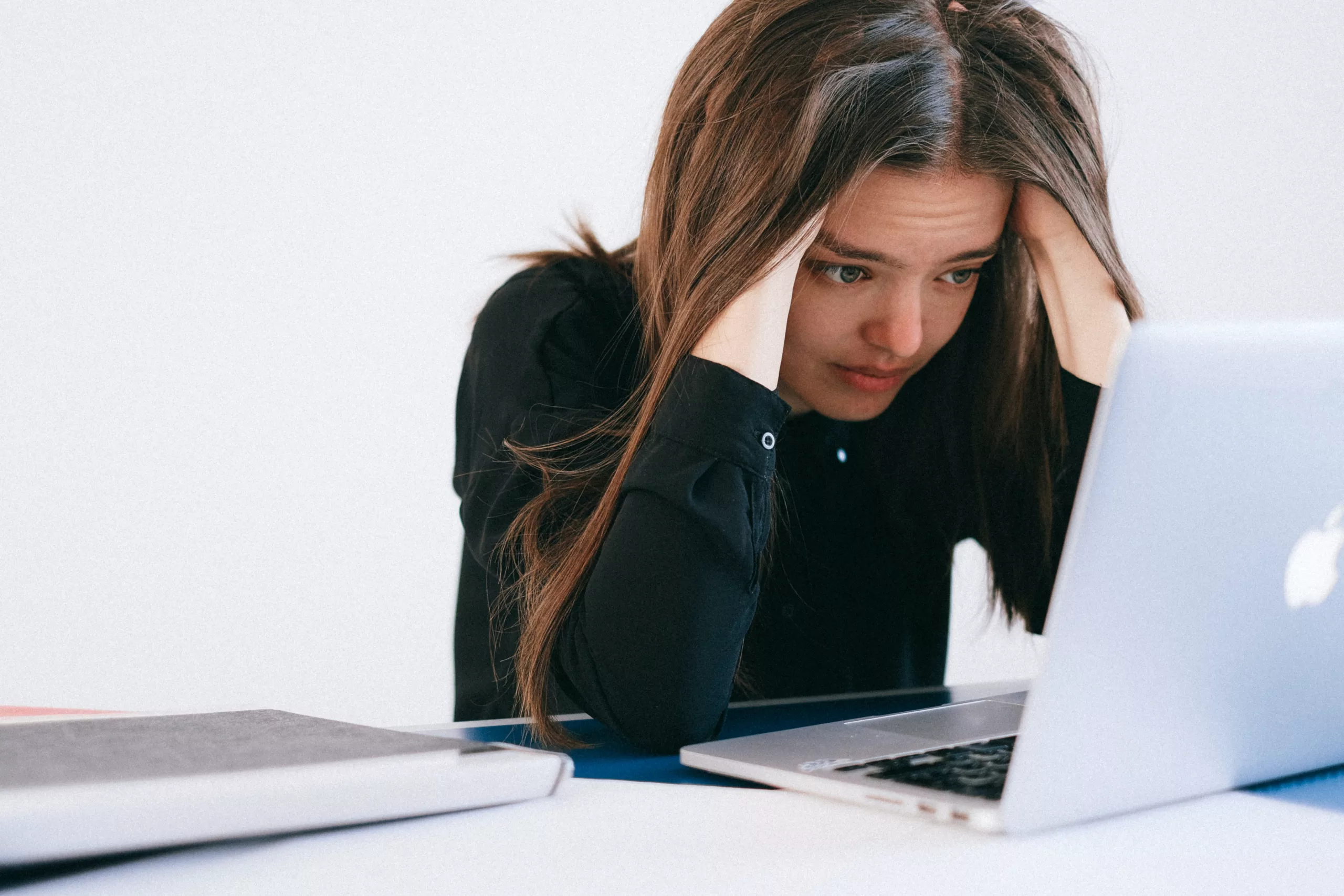How Energy Can Impact Art Directors
For art directors, the intersection of creativity, leadership, and energy is crucial for crafting compelling visual narratives. An art director’s energy level can significantly influence not just their own productivity and creativity, but also the dynamics of the entire creative team. This post delves into how energy impacts art directors and offers practical tips for managing and optimizing energy levels.
The Role of Energy in Creativity
Creativity is often seen as an unpredictable force, but maintaining high energy levels can help art directors harness this force more effectively. According to a study by the University of Illinois, individuals with higher energy levels are more likely to engage in creative thinking. For art directors, this can translate into more innovative concepts, designs, and campaigns.
Moreover, an energized art director is better equipped to push the boundaries of conventional design and inspire their team to do the same. For instance, when an art director is enthusiastic and full of energy, their passion can be contagious, leading to a more motivated and creative team environment.
Energy Management for Optimal Performance
Managing energy levels is crucial for art directors who often juggle multiple projects, tight deadlines, and client expectations. Here are some techniques to help maintain optimal energy levels:
1. Prioritizing Physical Health
Physical well-being is foundational to maintaining high energy levels. Regular exercise, a balanced diet, and sufficient sleep are essential. Art directors can consider integrating short exercise breaks into their daily routine to boost energy and creativity. For example, a quick walk or a short yoga session can refresh the mind and body, providing a much-needed energy boost.
2. Mindfulness and Stress Management
Stress is a significant energy drainer. Incorporating mindfulness practices, such as meditation or deep-breathing exercises, can help art directors manage stress and maintain focus. According to the American Psychological Association, mindfulness can enhance attention and reduce burnout, making it a valuable tool for sustaining energy levels.
3. Time Management and Breaks
Effective time management is critical for maintaining energy. The Pomodoro Technique, which involves working in focused intervals with short breaks, can be particularly beneficial. By scheduling regular breaks, art directors can prevent burnout and maintain a steady energy flow throughout the day. For more insights on time management, visit our detailed guide.
4. Creating an Energizing Work Environment
The work environment plays a significant role in influencing energy levels. Art directors should aim to create a space that is both inspiring and functional. Natural lighting, comfortable seating, and a clutter-free environment can enhance energy and productivity. Additionally, incorporating elements such as art, plants, and music can create a stimulating atmosphere conducive to creativity.
The Impact of Energy on Team Dynamics
An art director’s energy level can significantly affect team dynamics. A high-energy leader can motivate and inspire their team, fostering a collaborative and creative work environment. Conversely, low energy levels can lead to decreased morale and productivity.
For example, during a brainstorming session, an energetic art director can drive the session forward, encouraging team members to share ideas and think outside the box. Their enthusiasm can create a positive and engaging atmosphere, making the team more likely to produce innovative and effective solutions.
Conclusion: Harnessing the Power of Energy
Energy is a critical factor in the success of an art director. By prioritizing physical health, managing stress, optimizing time, and creating an energizing work environment, art directors can maintain high energy levels that fuel creativity and improve team dynamics. Ultimately, understanding and harnessing the power of energy can lead to more innovative and successful creative projects.
By implementing these strategies, art directors can ensure they are at their best, ready to tackle the challenges of their role with enthusiasm and creativity. High energy levels not only enhance personal performance but also elevate the entire team’s output, leading to outstanding creative achievements.

